Taiwanese Shabu Shabu (涮涮é�‹;Taiwanese: “Sha Sha Woh”)
Shabu shabu originally came from Northeast China. In the 13th century, Genghis Khan used it as a cooking’s method to feed the Mongol troops. The troops gathered around a large pot and put thinly sliced meat in the chafing dish. It’s call “hot pot.” Due to the Japanese armies seized Northeast part of China, Japanese bought “hot pot” back to Japan and changed the name as “Shabu Shabu.” Since a lot of Japanese people live in Taiwan, thus Shabu Shabu becomes one of the popular foods for Taiwanese, and created her own flavors. The main ingredient of Japanese Shabu Shabu are beef, boy choy, mushroom, spinach (spinacia oleracea), Chinese onion, bean sprouts, Garland chrysanthemum (Chinese: Tong Hao), tofu, Chinese vermicelli (cellophane noodles), etc. Some Japanese may put udon as well. The beef that serve in Shabu Shabu are usually the best beef, the “Matsusaka beef.” It is one of the most famous kinds of beef in Japan and internationally. These kinds of beefs contained a high fat-to-meat ratio. Some people will like to have pork and mutton, but unlike Chinese hot pot, Japanese people do not put animal’s internal organs in Shabu Shabu. The beefs are cut thinly, thus you are able to the beef after you put it into the hot water for 15-20 seconds. Then have the beef the sauce. There are 2 difference sauces in Shabu Shabu, sesame paste and “ponzu” (烹滋). The taste of sesame paste is stronger, it usually serves with meat. While “ponzu” is a little bit sour, so people usually serves it with tofu and vegetates. After the Shabu Shabu, most restaurants will serve dessert such as fruits or ice-cream.










 Kurobuta Pork is the most highly prized pork in Japan and comes from the ancient breed of pig known as Black Berkshire. The meat from the pure oriental strains of Black Berkshire, found in Japan, is regarded as the highest quality pork in the world.
Kurobuta Pork is the most highly prized pork in Japan and comes from the ancient breed of pig known as Black Berkshire. The meat from the pure oriental strains of Black Berkshire, found in Japan, is regarded as the highest quality pork in the world.
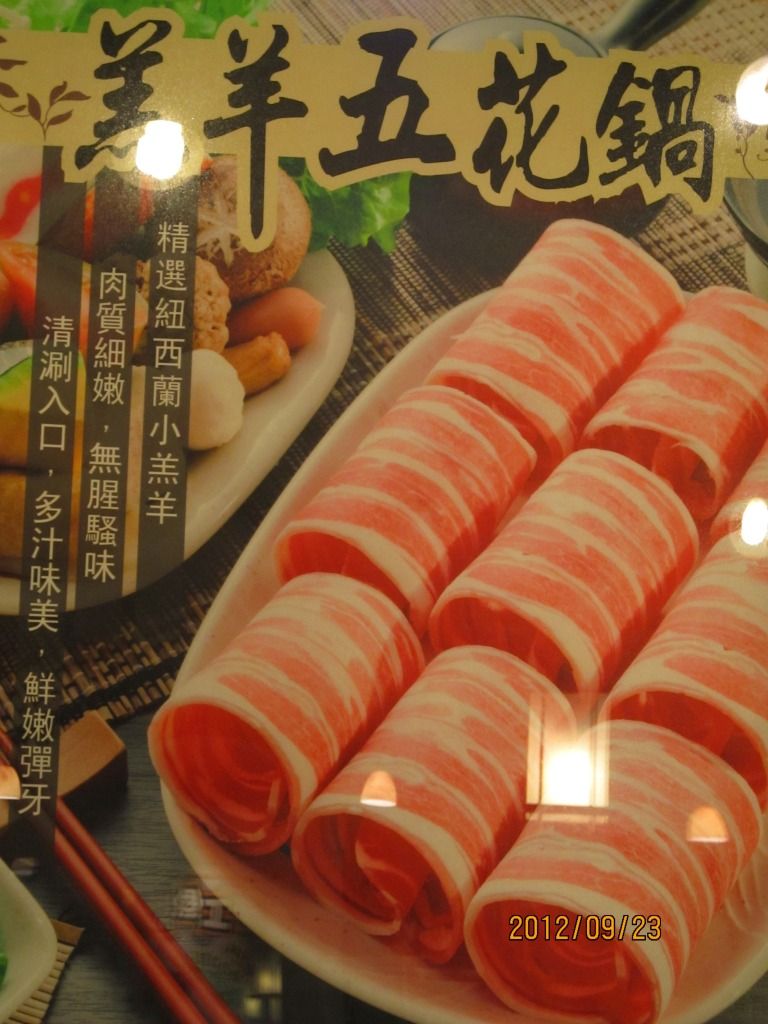
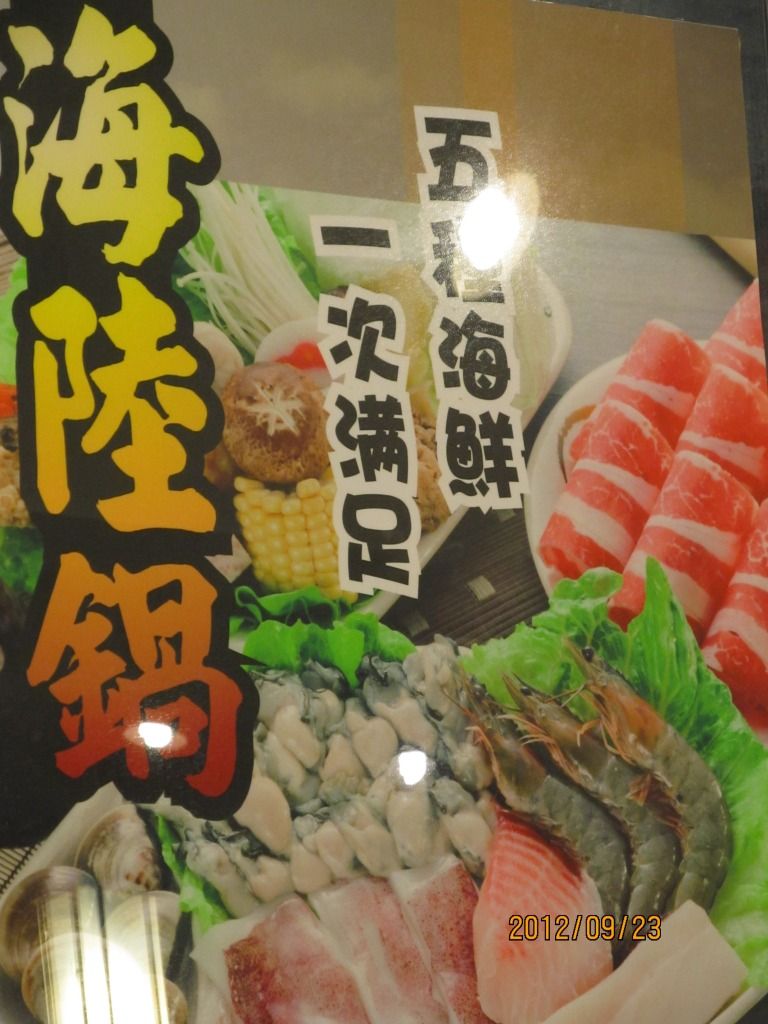

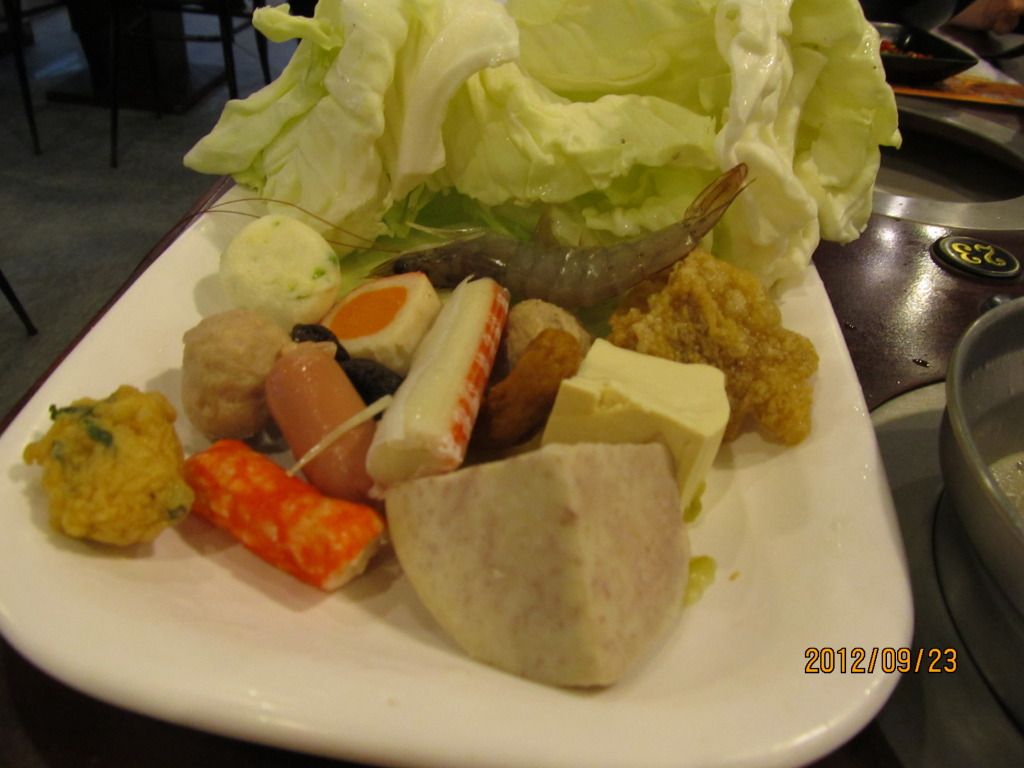
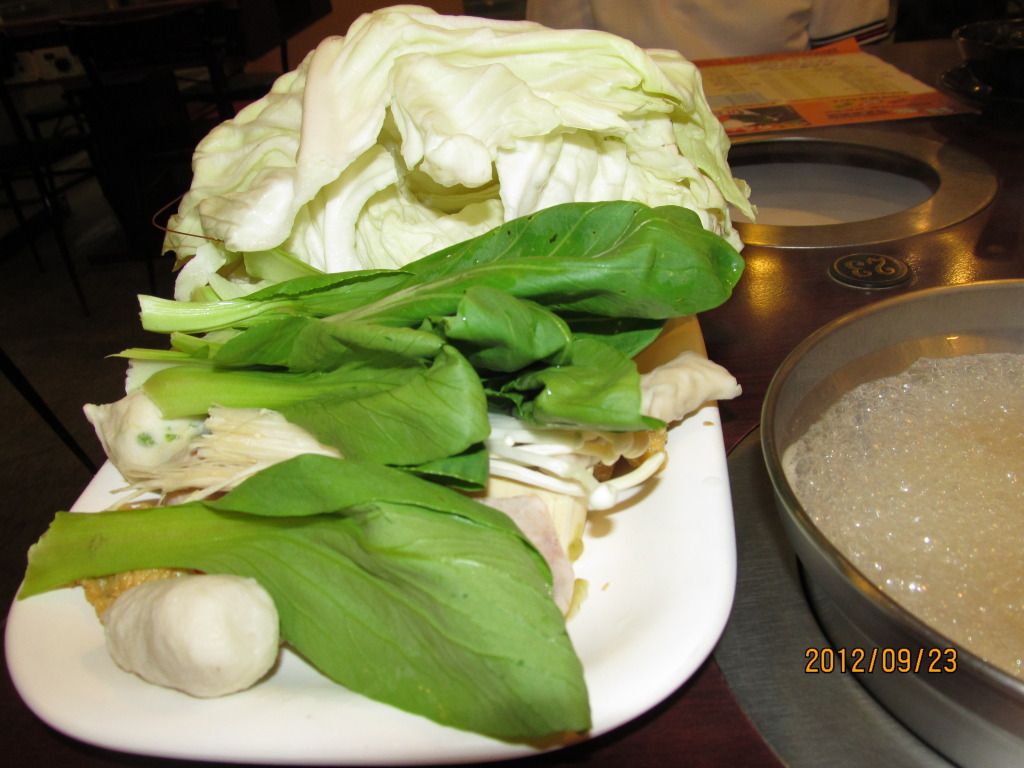
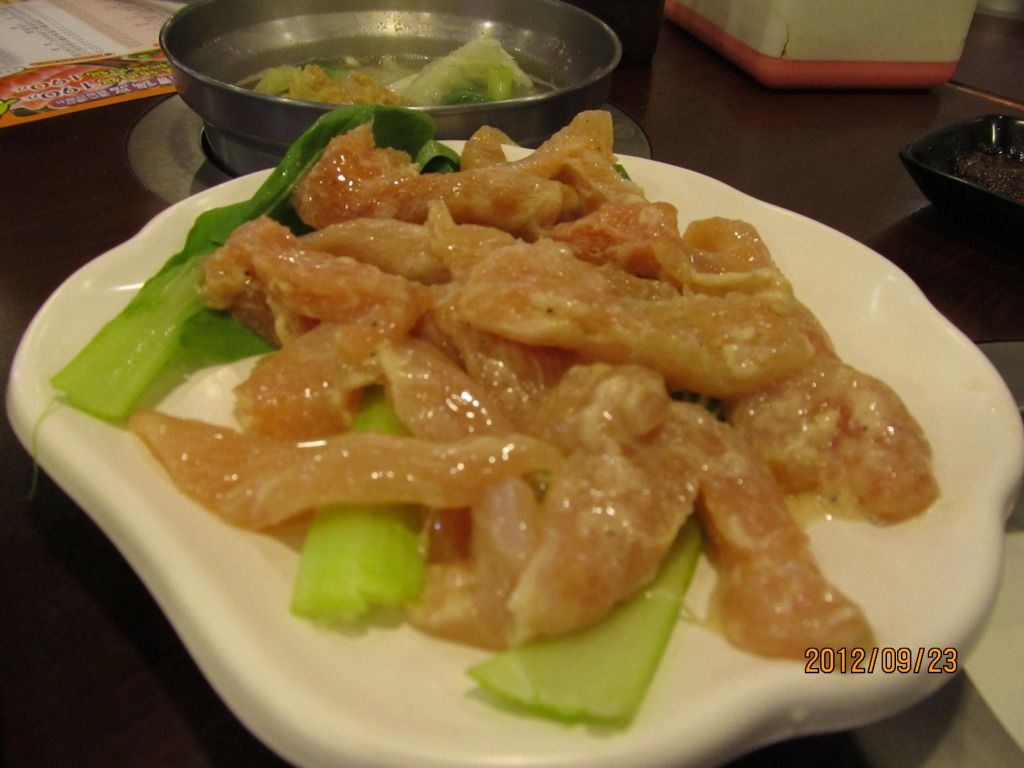

















 this you must try, only in Kagoshima.
this you must try, only in Kagoshima.
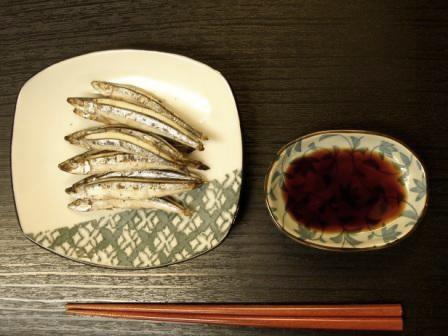 �eat a fish bone, head, tail, internal organs and all】
�eat a fish bone, head, tail, internal organs and all】